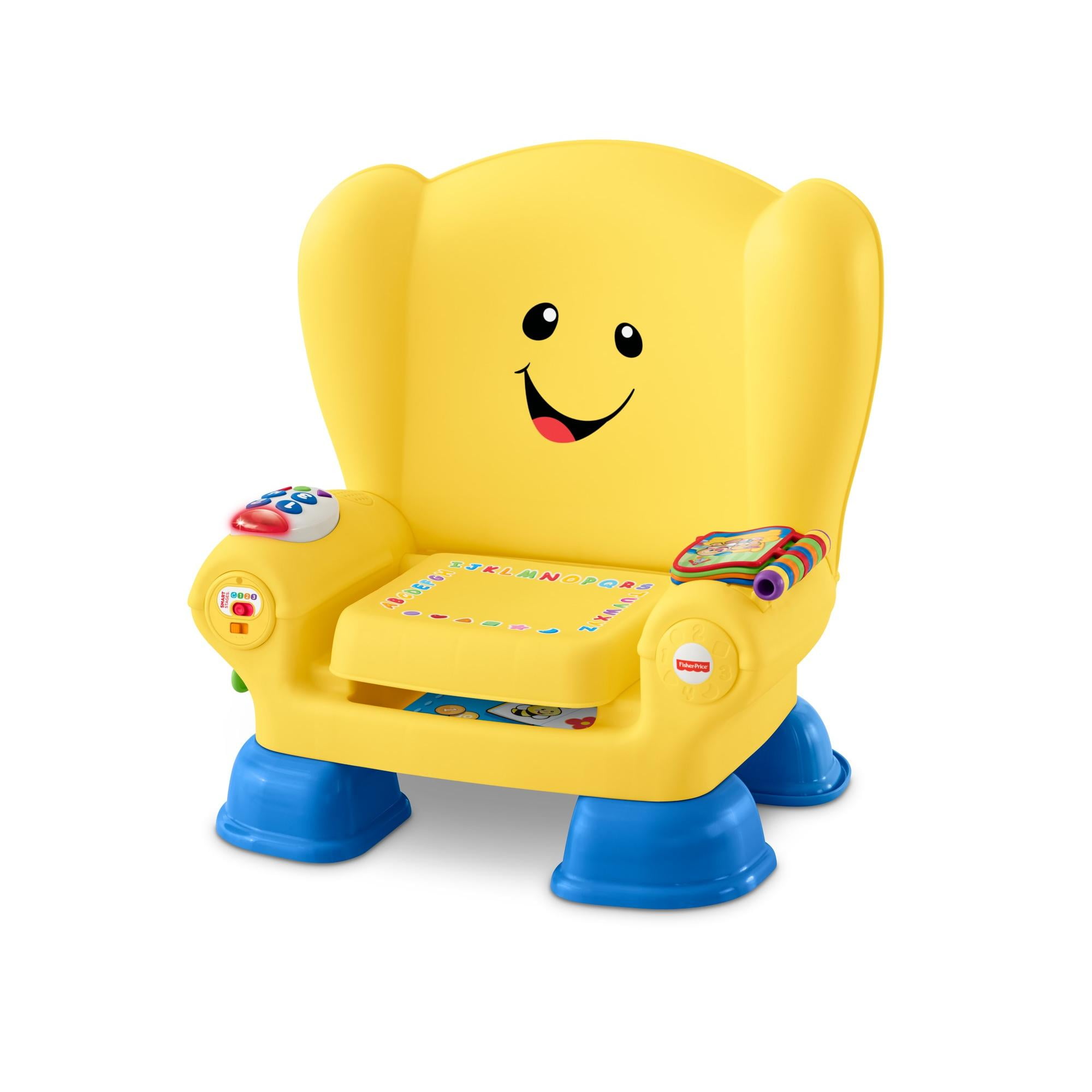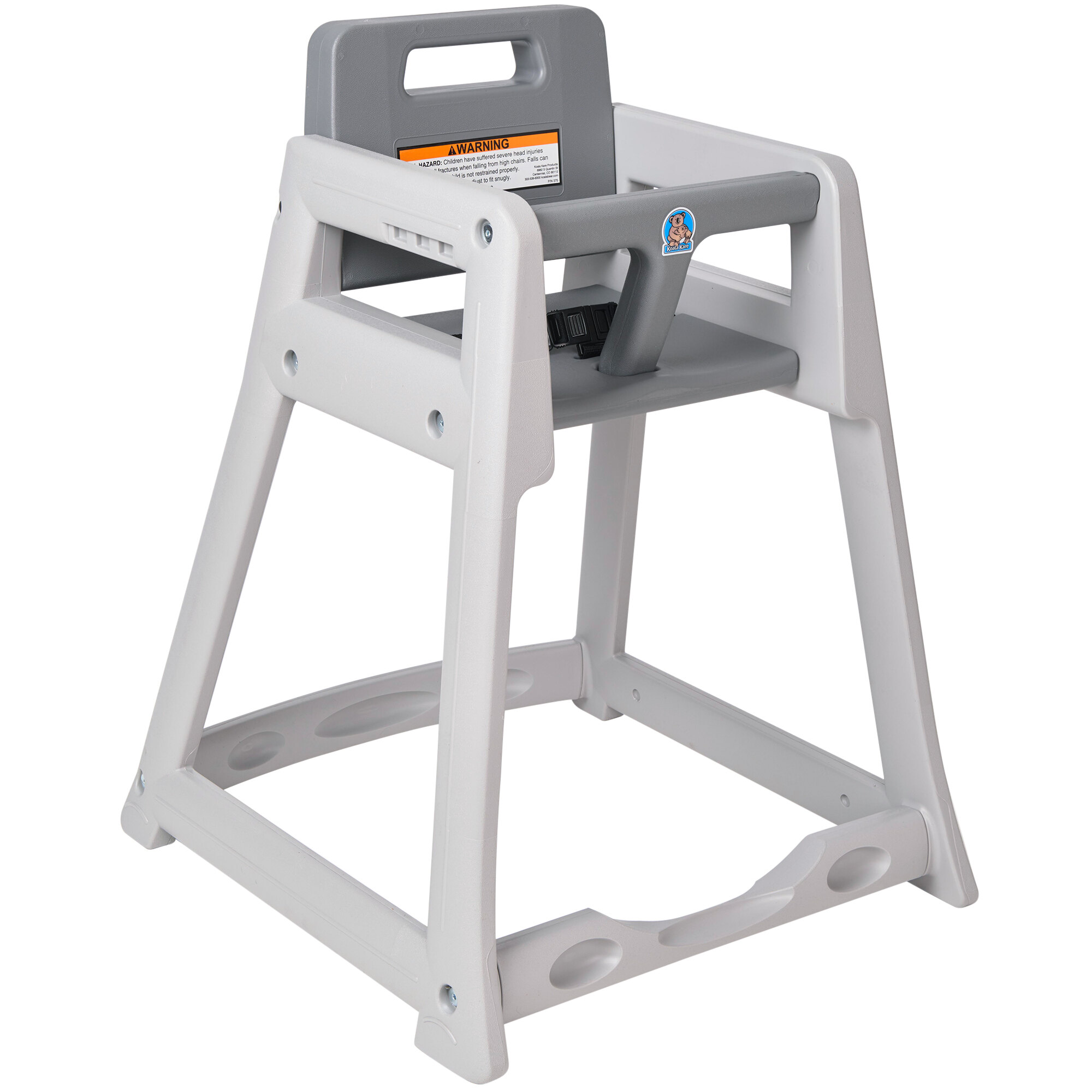The Evolution of Plastic Toy High Chairs

The plastic toy high chair, a staple in many households, has undergone a remarkable evolution, reflecting changing trends in child safety, design, and materials. From simple, functional designs to intricate, interactive models, the journey of the plastic toy high chair is a fascinating reflection of our evolving understanding of childhood and play.
Early Plastic High Chairs
Early plastic high chairs, introduced in the mid-20th century, were primarily designed for functionality. They were often made from basic, rigid plastic, with simple, utilitarian features. These early models often lacked the safety features we now consider essential, such as adjustable straps and sturdy bases.
Early plastic high chairs were primarily focused on providing a safe and convenient way to feed infants and toddlers.
The Rise of Safety and Design
As awareness of child safety grew, so did the sophistication of plastic toy high chairs. Manufacturers began incorporating features like adjustable harnesses, wider bases for stability, and removable trays. These improvements ensured a safer and more comfortable experience for young children.
The focus shifted from mere functionality to incorporating safety and design elements that catered to the needs of growing children.
Modern Plastic High Chairs
Modern plastic high chairs have become more than just feeding tools; they are often designed to be interactive and stimulating. Many models feature adjustable heights, removable trays, and even built-in toys. These features encourage children’s exploration and development while providing a safe and comfortable seating option.
Modern plastic high chairs are a testament to the evolving understanding of childhood development and play.
Benefits and Drawbacks of Plastic Toy High Chairs

Plastic high chairs have become a staple in many households, offering a convenient and often affordable option for feeding and entertaining infants and toddlers. While they provide numerous advantages, it’s crucial to consider their potential drawbacks before making a purchase.
Advantages of Plastic High Chairs
Plastic high chairs offer a range of benefits that make them a popular choice for parents.
- Lightweight and Portable: Plastic high chairs are typically lightweight and easy to move around, making them ideal for families who frequently travel or have limited storage space. This portability also allows for easy cleaning and storage, as they can be easily wiped down and stored in a compact manner.
- Affordable: Plastic high chairs are often more affordable than their wooden or metal counterparts, making them a budget-friendly option for parents. This affordability makes them accessible to a wider range of families, especially those on a tight budget.
- Easy to Clean: The smooth, non-porous surface of plastic makes it easy to clean. Spills and messes can be quickly wiped away with a damp cloth or sponge, making maintenance a breeze. This ease of cleaning is particularly beneficial for families with young children who are prone to spills and accidents.
- Durable: Plastic high chairs are generally durable and can withstand the rigors of daily use. They are resistant to scratches, dents, and other damage, making them a long-lasting option for families with active toddlers.
- Variety of Designs: Plastic high chairs come in a wide range of colors, designs, and features. This variety allows parents to choose a high chair that complements their home décor and meets their specific needs.
Drawbacks of Plastic High Chairs
While plastic high chairs offer several advantages, they also have some potential drawbacks that parents should consider.
- Durability Concerns: Although generally durable, plastic high chairs can crack or break if subjected to excessive force or rough handling. This can be a concern for families with particularly active toddlers who may climb or jump on the chair.
- Hygiene Issues: Plastic can harbor bacteria and germs if not properly cleaned. Regular cleaning and sanitizing are essential to maintain hygiene and prevent the spread of infections.
- Potential for Chemical Leaching: Some plastic high chairs may contain chemicals that can leach into food or drinks, especially if they are exposed to high temperatures or harsh cleaning agents. Parents should choose high chairs made from BPA-free plastic to minimize the risk of chemical exposure.
- Stability: Some plastic high chairs may be less stable than their wooden or metal counterparts, particularly if they are not properly assembled or if they are used on uneven surfaces. It’s important to choose a chair with a wide base and ensure that it is securely fastened to prevent tipping over.
Comparison of Plastic High Chairs with Other Materials
- Wood: Wooden high chairs are often considered the most durable and stylish option. They are also generally safer than plastic chairs, as they are less likely to crack or break. However, they can be more expensive and require more maintenance, as they need to be regularly cleaned and oiled to prevent damage.
- Metal: Metal high chairs offer a sturdy and long-lasting option. They are also relatively easy to clean. However, they can be heavy and bulky, making them difficult to move around. They may also be more expensive than plastic chairs.
Selecting and Using a Plastic Toy High Chair

Selecting and using a plastic toy high chair can be a great way to ensure your child’s safety and comfort during mealtimes. It is crucial to consider several factors to make an informed decision when purchasing and using a plastic high chair.
Safety Standards and Features, Plastic toy high chair
It is essential to prioritize safety when choosing a plastic high chair.
- Look for high chairs that meet safety standards set by organizations like the American Academy of Pediatrics (AAP) and the Consumer Product Safety Commission (CPSC).
- Check for features like a wide, stable base, a secure harness with five-point buckles, and a tray that is easy to remove and clean.
- Ensure the high chair has a sturdy frame that can support your child’s weight.
- Look for a high chair with a padded seat and backrest to provide comfort and support for your child.
Adjustability and Ease of Cleaning
Adjustability and ease of cleaning are key factors to consider.
- Choose a high chair that can be adjusted to different heights, allowing you to feed your child comfortably at various tables or counters.
- Look for a high chair with a removable tray that can be easily cleaned in the dishwasher or with a damp cloth.
- Consider a high chair with a fabric seat cover that can be removed and washed.
- Ensure the high chair is made from a material that is easy to wipe clean and resists stains.
Portability
Portability is another crucial factor to consider.
- Choose a high chair that is lightweight and easy to move around the house.
- Look for a high chair with a compact design that can be folded or disassembled for storage.
- Consider a high chair with wheels or a carrying handle for easy transportation.
Assembling and Adjusting a Plastic High Chair
Proper assembly and adjustment are vital for safety and comfort.
- Follow the manufacturer’s instructions carefully when assembling the high chair.
- Ensure all parts are securely fastened and that the high chair is stable before using it.
- Adjust the high chair to the appropriate height for your child, ensuring their feet are flat on the floor.
- Always secure your child in the harness before placing them in the high chair.
Cleaning a Plastic High Chair
Regular cleaning is essential to maintain hygiene.
- Wipe down the high chair with a damp cloth and mild soap after each use.
- Remove and wash the tray and seat cover regularly, following the manufacturer’s instructions.
- Avoid using harsh chemicals or abrasive cleaners that could damage the high chair.
Choosing the Right Plastic High Chair for Different Ages
Selecting a high chair that is appropriate for your child’s age and developmental stage is crucial.
- For infants, choose a high chair with a reclining seat and a five-point harness.
- As your child grows, consider a high chair with a removable tray and a footrest for added support.
- For toddlers, look for a high chair with a sturdy frame and a wide base to prevent tipping.
